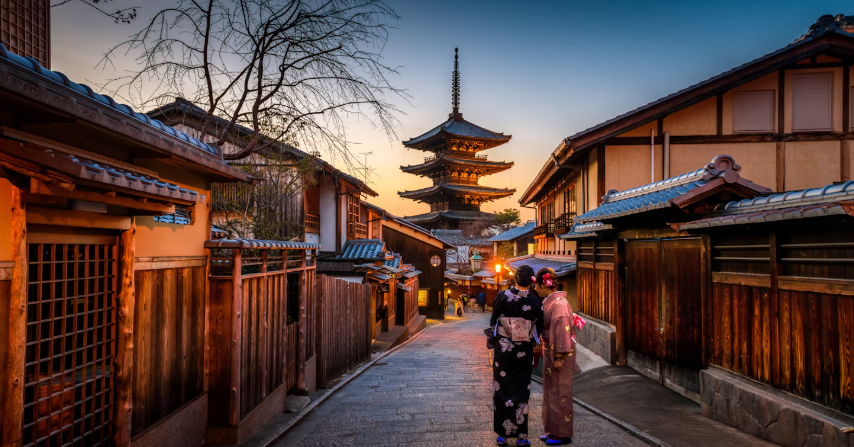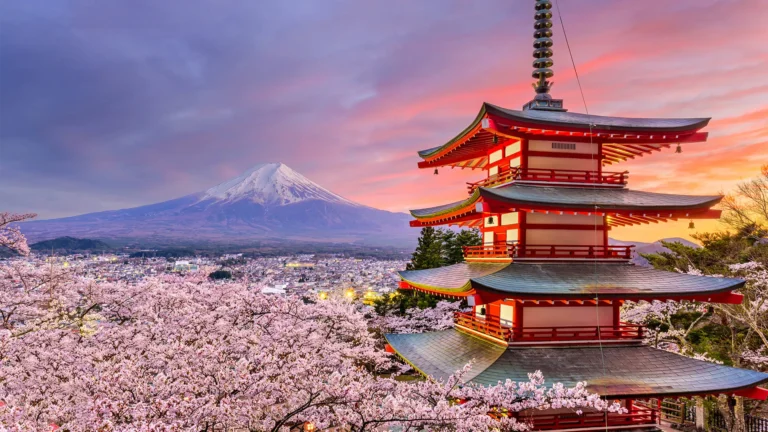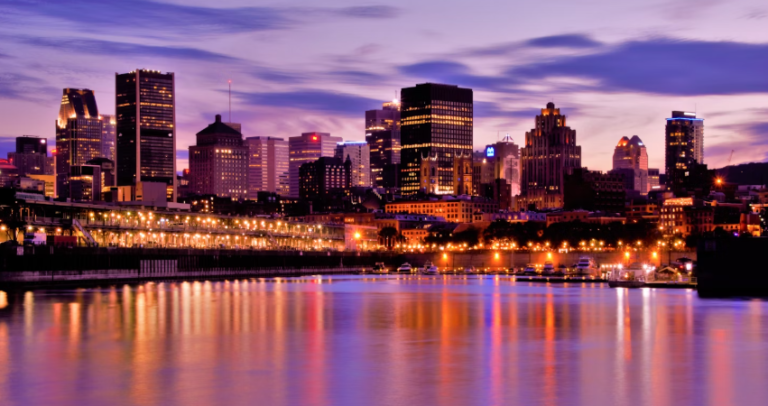Kyoto Vacation Travel Guide – Another World Wonder
Kyoto has long been considered one of Japan’s most beautiful cities. Check out some of the top tourist attractions, from its temples to its modern delights. Let’s dive into the history of this amazing city.
The History of Kyoto
Former Imperial Capital
Kyoto was established as Japan’s imperial capital in 794 CE when Emperor Kanmu moved the court from nearby Nagaoka-kyō. The city, then called Heian-kyō (平安京, “Capital of Peace and Tranquility”), was modeled after the Chinese capital Chang’an, featuring a characteristic grid layout that can still be seen in parts of modern Kyoto.
For over a millennium (794-1868), Kyoto served as the emperor’s residence and Japan’s cultural, religious, and artistic center. During this period, many of Japan’s most important cultural developments took place here, including:
The Japanese Heian Period
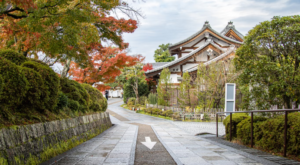
The Heian period (794-1185) saw classical Japanese literature and arts flourishing, particularly among the courtly nobility. Notable works like “The Tale of Genji” by Murasaki Shikibu were written during this era.
The Kamakura and Muromachi Era
During the Kamakura (1185-1333) and Muromachi (1336-1573) periods, Kyoto remained the imperial capital even as political power shifted to the shogunate. This era saw the rise of Zen Buddhism and the development of many Japanese cultural arts, such as the tea ceremony, Noh theater, and landscape gardening.
The Ōnin War
The city suffered significant destruction during the Ōnin War (1467-1477), which began the Sengoku (“Warring States”) period. However, Kyoto recovered under the patronage of wealthy merchants and the Tokugawa shogunate, leading to the construction of many temples and the development of the geisha districts.
The Meiji Restoration
Kyoto’s position as capital ended in 1868 with the Meiji Restoration when the imperial court moved to Tokyo. However, due to its immense cultural significance, the city was spared extensive bombing during World War II, preserving much of its historical architecture and artistic treasures.
Today, Kyoto remains Japan’s cultural capital, home to an extraordinary concentration of temples, shrines, gardens, and traditional neighborhoods. The city contains 17 UNESCO World Heritage sites and continues to be a living museum of Japanese history and tradition while also functioning as a modern city with a population of approximately 1.5 million people. 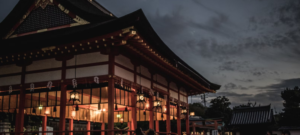
The city maintains many traditional industries, including textile weaving (particularly Nishijin-ori), pottery, lacquerware, and traditional Japanese sweets (wagashi). It’s also home to several prestigious educational institutions, including Kyoto University, one of Japan’s most renowned universities.
Kyoto’s preservation of traditional architecture and customs and its modern development make it a unique example of how historical heritage is maintained while adapting to contemporary life. Let our journey begin.
A Journey Through Japan’s Historical Treasure!
Welcome to Kyoto
Imagine entering a city where ancient temples meet peaceful gardens, and traditional tea houses line the streets. Kyoto is precisely that kind of magical place! With over 2,000 temples and countless beautiful spots to explore, it’s no wonder this city is a must-visit destination in Japan. While wandering through Kyoto’s winding streets can lead to remarkable discoveries, knowing about some of the city’s most amazing places before you visit is helpful.
A key addition concerns post-pandemic travel to Kyoto. The city has implemented several visitor management initiatives to help prevent overcrowding at popular sites. For instance, many temples, including Kinkaku-ji and Kiyomizu-dera, now offer timed entry tickets that are purchased online in advance.
Some practical updates:
- Digital payment options have expanded significantly. Most major sites and shops now accept cashless payments, including international credit cards, mobile payments, and IC transit cards. This is a big change from Kyoto’s previously cash-focused system.
- A new convenient visitor center opened near Kyoto Station, offering comprehensive English-language support services and luggage storage facilities.
- The Arashiyama district has introduced an early morning “Gentle Tourism” program. Specific sites open extra early (from 6 a.m.) to allow visitors to experience locations like the bamboo grove with fewer crowds.
I’d also note that some prices and accessibility information must be verified for current accuracy, as they tend to change frequently. If you’re planning a trip, I recommend checking official websites or contacting sites directly for the most current details. Also, be sure to have all your travel essentials on hand. As a tourist, you will love visiting Kyoto. There are some wonderful things to see, so bring your camera along.
Top Highlights of Kyoto
Kinkaku-ji
The Golden Temple (Kinkaku-ji) is like something out of a fairy tale! This stunning temple is covered in genuine gold leaf that sparkles in the sunlight. Visitors love taking photos of its perfect reflection in the peaceful pond below. Even though it can get crowded, seeing this golden masterpiece is worth every minute of your time.
Fushimi Inari Shrine
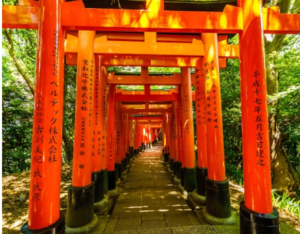
This iconic shrine offers one of the most incredible sights in Japan: thousands of bright orange gates forming tunnels up a mountain path. Businesses donated these gates to say “thank you” for their success, a tradition that goes back hundreds of years. If you visit at sunrise, you might see local monks heading to work and even some friendly shrine cats out for their morning walk!
Kiyomizu-dera Temple
This temple sits high above Kyoto on giant wooden stilts, giving you fantastic views of the whole city. Long ago, people would jump from the temple platform to make their wishes come true (don’t worry – we don’t do that anymore!).
Instead, you can now drink from an extraordinary waterfall that’s said to bring different kinds of good luck. The best times to visit are during cherry blossom season in spring or when the leaves change color in fall. Sooner or later, you’ll want to stop at a restaurant or find a place to enjoy Japan’s delicious street food.
The Nishiki Market
Since you’ll need a break from all that exploring, Kyoto is famous or its incredible food scene. You’ll find everything from traditional tea ceremonies where you’ll learn about matcha (a special green tea), to modern cafes serving unique desserts. The Nishiki Market, known as “Kyoto’s Kitchen,” is packed with over 100 shops and restaurants where you can try all sorts of local treats. And don’t forget about the ramen! Kyoto has some creative ramen shops, including one that serves “burnt” ramen with a smoky flavor that’s super popular with visitors.
Your Travel Guide Rachele
(w) rovingwithrachele.com
(DM) rachele@rovingwithrachele.com

